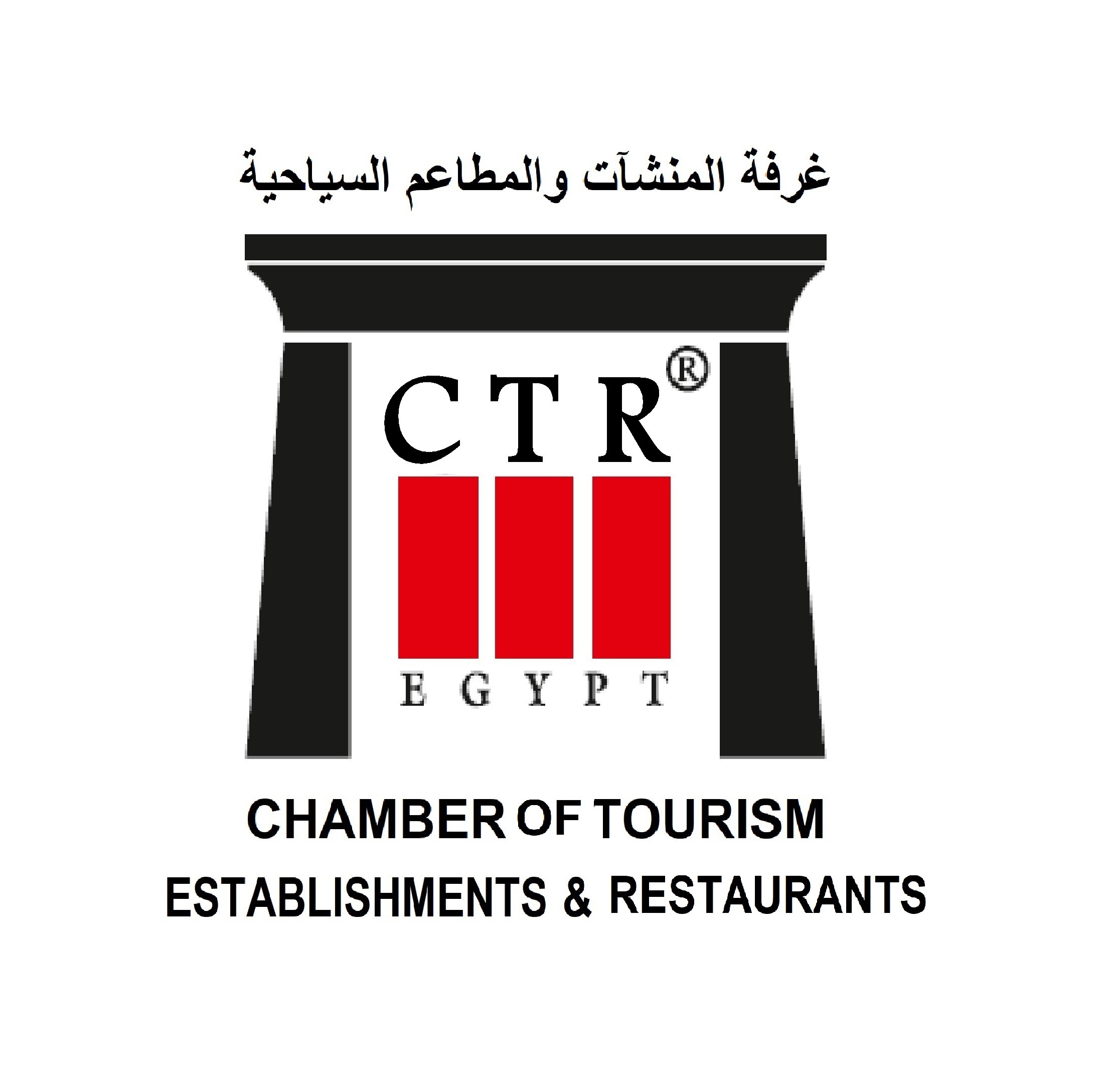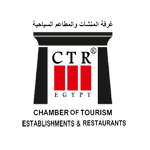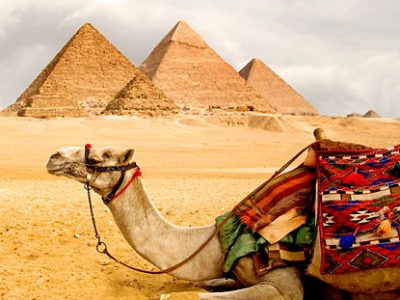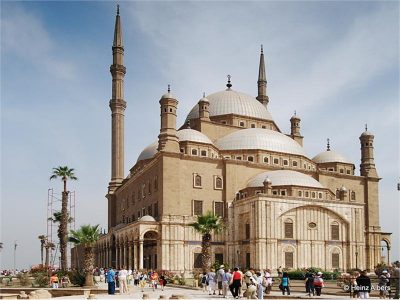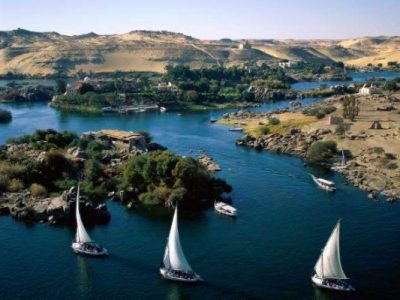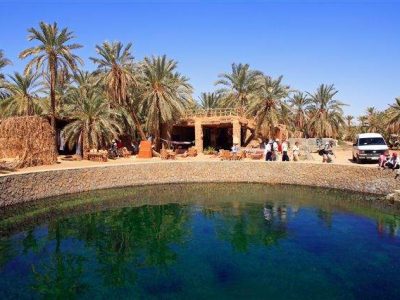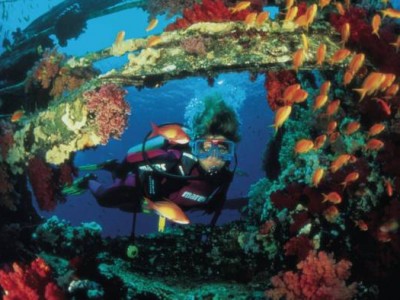Religious Tourism
Islamic Archaeology and mosques, such as the Mosque of Amr ibn al-Aas, Mosque of Al-Hussein , SayyidaZainab Mosque of Imam Shafie, Azhar mosque, the Mosque of Sultan Hassan, Mosque of Ahmad Ibn Tulun, Mosque of al-Hakim, Mosque of Mohammed Ali, and a mosque Rifai as well as numerous monuments and Islamic sites in Cairo Fatimid.
Leisure tourism
Egypt has a shoreline of views on the Mediterranean and Red seas and extends for about 3000 km and among the most important recreational beaches in Egypt: Sharm el-Sheikh, Hurghada, Dahab, Nuweiba, Ras Sudr, Marsa Alam, Safaga, El Arish, Al Ain Sukhna and the North coast of the Mediterranean Sea.
Medical and Therapeutic Tourism
Medical and therapeutic tourism is popular in Egypt, due to the country’s mineral sand, its beaches and seas; which are known for their unique natural properties and healing effects. Mineral and Sulfur springs at Ain Helwan are unlike any other in the world in their therapeutic powers and the ratios of mineral and sulfur in the water.
There are also the mineral sulfur springs;which exceed the rate of all mineral and sulfur springs in the world. Furthermore the availability of silt in the pools of these sulfur springs with its therapeutic properties of curing many diseases of the bones, gastrointestinal tract, respiratory tract and skin diseases and rheumatoid arthritis . The tourist areas which have these medical adavtanges are Helwan, Ain El Sira, Al Ain Al Sokhna, Hurghada, Fayoum, the oasis, Aswan, Sinai, and the city of Safaga.
